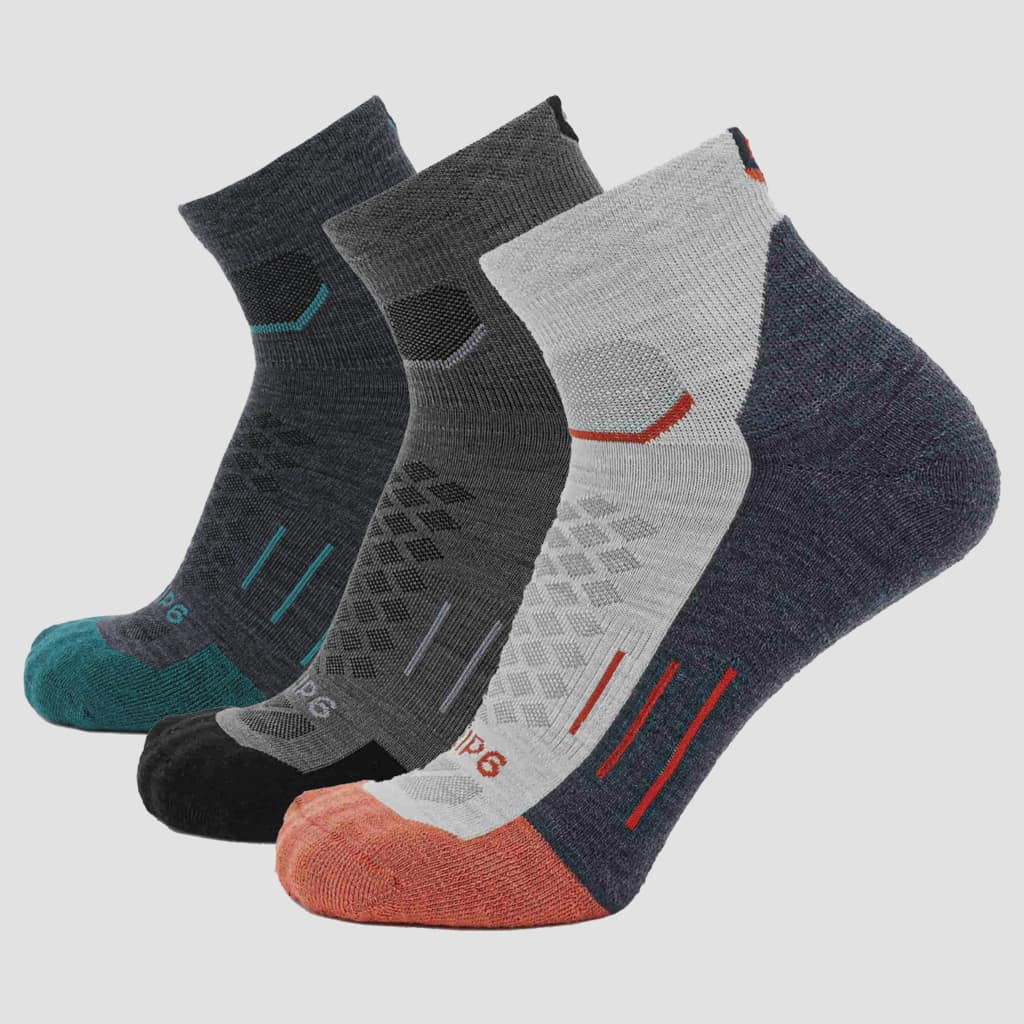
Why our wool is different
Read time: 3 min
The devil is in the details.
Written by Kevin Rogers
Most people pull clothes from their closets without thinking about how or where they were made, much less what fiber they were made with. As a society, we are consumed with how our clothing looks or feels, what brands we wear, or what statement we want our clothing to make. But what happens when we stop asking where our clothing comes from?
The devil is indeed in the details. Every time we buy a piece of clothing, we vote with our dollars to support the supply chain that brought that garment to your front door. So many companies make extraordinary claims about the performance characteristics of a given fabric, but they rarely discuss the downsides. The truth is, every single commercially-produced item of clothing has a downside, and in that downside are the details that are changing the face of the global textile industry.
We believe wool to be one of the best fibers when all factors are considered. Yes, wool as a fiber has its drawbacks. But after doing our homework, we came to the conclusion that wool was the best material for our socks, and below are a few of the reasons why. I invite you to read on, educate yourself, and make a decision that suits you best.
The Upsides
First and foremost, wool is a truly natural fiber and garments made with wool are well known to last longer than other natural-fiber garments. Wool is 3-5 times stronger than cotton; it wicks better than 90% of other natural fibers, and almost as well as any synthetic, keeping your feet dry and happy. Unlike all synthetics however, wool is 100% renewable, and 100% biodegradable. Wool is also naturally anti-microbial, where synthetics can only achieve that by blending in anti-microbial components, or by adding chemicals to their yarns. Wool can absorb up to 30% of its weight in water and still maintain it’s insulative properties.
Sheep have also been a part of the American landscape since the beginning and new studies by the Savory Institute have shown that sheep can play an integral part in producing regenerative landscapes that clean and restore our freshwater ecosystems.
The Downsides
Wool comes from sheep, and here is no way around it. Sheep have been bred for hundreds of years to produce wool, and occasionally, they get nicked by the trimmers when they are sheared. While there are some who advocate that sheep should no longer be shorn in the name of animal rights, it should be noted that modern sheep are bred to grow wool, and unless they are shorn, they will endure a slow and painful death. There is also some documentation on sheep playing a role in eutrophication, though many studies alternately show that well managed sheep herds do more to improve a landscape than deplete it.
As I stated before, don’t take my word for it. As sock manufacturers, we have done years of homework on the various fibers available to us, and we have concluded that wool is the clear winner for our socks. Our goal is to be as honest with our customers as possible, giving you the tools and information you need to make an informed choice. -KR



